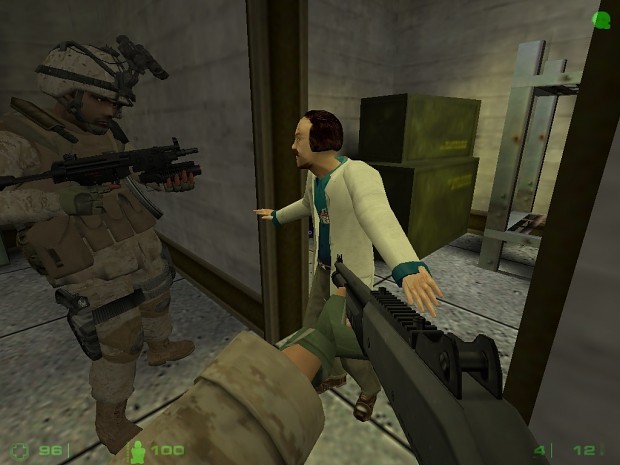

The "Original Six" era closed and the expansion age opened with appropriate symmetry. It was strange to be an adult fan and see guys out on the ice older than your dad, but it provided a sense of history, a lovingly prolonged view of the torch being passed from one era to the next, and it made the expansion era unique. Expansion also extended the careers of many players to unprecedented lengths with more NHL roster spots than established NHL talent, players just kept on playing through their thirties and sometimes past 40. The league split into two divisions, the established teams in the East and the expansion teams lumped together in the West, ensuring playoff participation and playoff dollars for the expansion sides.Ī surprising amount of talent was available in that first expansion plenty of NHL-worthy players who'd languished in the minors simply because they'd never gotten a real shot in the tiny six-team league, journeymen who blossomed in a bigger role on an expansion team, and an especially rich harvest of youngsters who could now step into the NHL right out of junior hockey. Louis Blues, Pittsburgh Penguins, Minnesota North Stars, Los Angeles Kings, Oakland Seals and Philadelphia Flyers. A lot of politicking and networking determined which cities would be awarded new franchises thus were created the St. Stability reigned: from 1949 through 1966, Montreal never missed the playooffs, Detroit missed only twice, and Toronto just three times, while neither Chicago, Boston nor New York ever won a regular-season title in that span and combined to finish higher than third only six times.īy the mid-1960s, the prospect of substantial profits and the threat of a new major hockey league combined to convince the NHL's club owners to take a great leap forward, doubling in size by adding six new teams. For a quarter century the NHL had been an insular six-team loop, during which time Detroit owner Jim Norris also had an interest either in the Chicago, Boston, and New York franchises or their arenas. In a larger sense, the 1970s really includes the first three seasons of the expansion era, starting in 1967-68. It's all there: expansion, the Broad Street Bullies, the arrival of European players, the WHA, the elegance and excellence of Montreal's 1970s Cup dynasty, and yes, strange uniforms, long hair and sideburns. These artifacts come from an era that was curious, tumultuous, in some ways disastrous and sometimes a hugely enteraining time for hockey. a pair of white skates and Henry Boucha's headband!

a season ticket order-form from the Miami Screaming Eagles. What artifacts were buried in that box? Let's take a quick look ah! An equipment bag from the Kansas City Scouts.
#HALF LIFE OPPOSING FORCE NGHL FULL#
Someone opened a hockey time capsule full of 1970s memorabilia, and suddenly an era that until recently had been remembered only as a cultureless wasteland of bad clothes and bad hair is being recalled with nostalgic affection. DeBartolo Community Service AwardĪ decade had been rediscovered. Bob Johnson Memorial "Badger Bob" Award.

Michel Briere Memorial Trophy - Rookie of the Year.Three-or-more Goal Games, Playoffs 1918 - Present.When Scoring/Trailing First Goal of a Game.International Ice Hockey Federation HOF.Active Players All-Star Selection Records.Position Leaders in All-Star Selections.


 0 kommentar(er)
0 kommentar(er)
